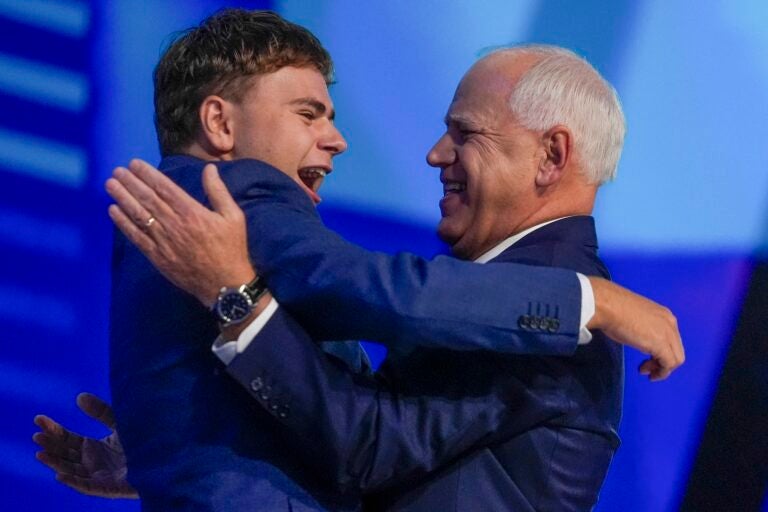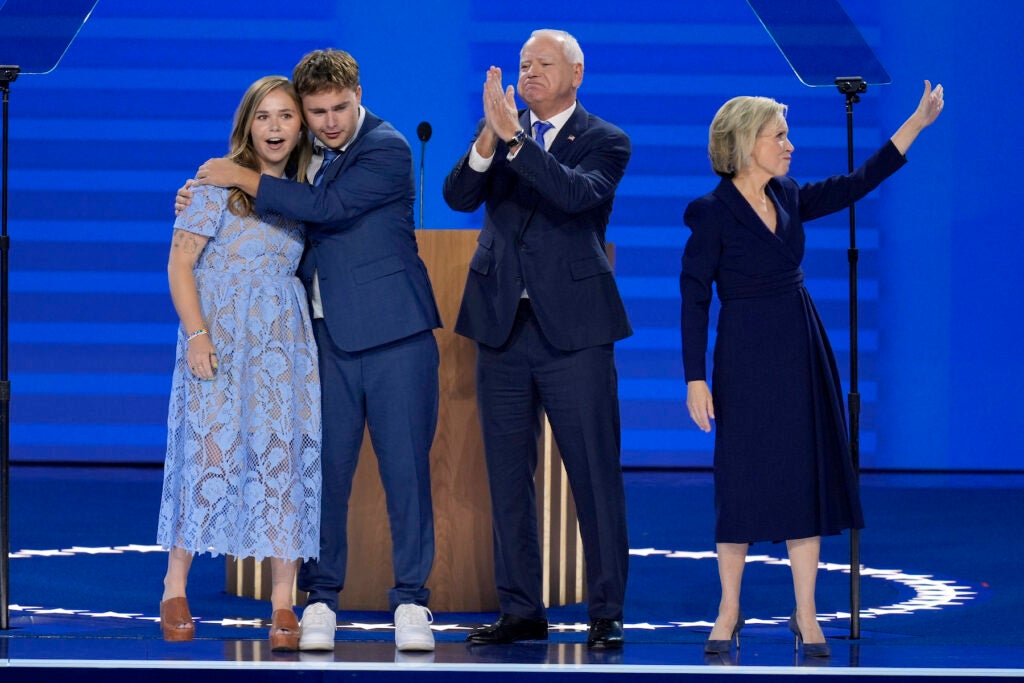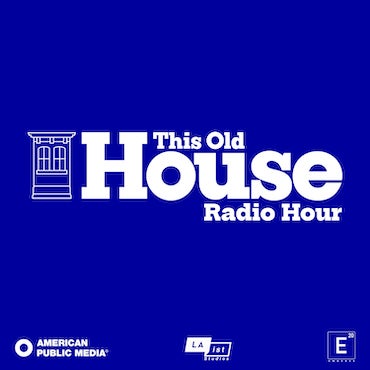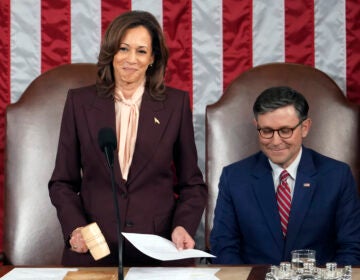Sudden fame for Tim Walz’s son focuses attention on challenges of people with learning disabilities
“That’s my dad!” 17-year-old Gus Walz could be seen exclaiming Wednesday night. He stood, tears streaming down his face, and pointed to his father, the governor of Minnesota.

Democratic vice presidential nominee Minnesota Gov. Tim Walz hugs his son Gus during the Democratic National Convention Wednesday, Aug. 21, 2024, in Chicago. (AP Photo/Erin Hooley)
An unexpected highlight of the Democratic National Convention on Night Three was an outburst of pride from the son of vice presidential candidate Tim Walz.
“That’s my dad!” 17-year-old Gus Walz could be seen exclaiming Wednesday night. He stood, tears streaming down his face, and pointed to his father, the governor of Minnesota, who accepted the party nomination for vice president.
Gus wept through much of the 16-minute speech, and took the stage with his family afterward, wrapping his dad in a tight bear hug, burying his face in his shoulder.
The high school senior’s joy quickly went viral. He was still trending Thursday on X, the social media platform formerly known as Twitter. And his newfound fame is focusing attention on the challenges of people with learning disabilities. His parents recently revealed to People magazine that Gus has ADHD, an anxiety disorder and something called a non-verbal learning disorder. Searches on Google have spiked since Thursday night this week for the disorder and for the teen’s name.
There’s no standard definition for non-verbal learning disorder. It doesn’t mean people with it can’t talk. But according to the NVLD Project at Columbia University, people with it “struggle with a range of conditions that include social and spatial disabilities. Often they are marginalized and isolated; consequently, they can experience social barriers throughout their lives.”
There has long been tension between Washington and local school districts over federal funding of special education. Federal law requires schools to provide special education services, but doesn’t come close to covering the costs. When passed in 1975, the Individuals with Disabilities Education Act (IDEA) committed the federal government to paying 40% of the average per-pupil expenditure for special education. But currently it’s more like 13%.
That’s one reason the Democratic Party platform adopted at the convention this week says, “We support fully funding IDEA to prioritize students with disabilities and the special educator workforce.” This year’s Republican Party platform doesn’t mention special education. But dozens of national education groups have long called for fully funding the costs that IDEA imposes on local schools.
The actual prospects for more money under a Harris-Walz administration are unclear. Much would depend on the future federal budget picture and the composition of the next Congress. And platforms aren’t binding on candidates.
But Walz as governor has approved large increases in education funding, including special education. The two-year budget he signed in 2024 included a 6% increase in per-pupil funding for local schools, and it indexes future funding to inflation. It also included a large boost in state support for special education to help fill the gap in federal funding.
Securing full funding for special education on the national level is the “number one public policy priority” of the National Association of State Directors of Special Education, said John Eisenberg, the group’s executive director. The association calls the federal act “first and foremost a civil rights law, meant to protect the right of students with disabilities to be educated in the nation’s public schools.”
Eisenberg said the unkept federal commitment is a problem across the country. He said the most that Washington has provided over the years has been 16%, which means local districts and states have had to bear most of the costs of the mandates under the act.
“The costs of educating students with disabilities is massively on the rise,” Eisenberg said. “The number of students with disabilities has doubled since 1975. The types of student needs have exponentially grown since 1975.”
While bills to mandate full funding have attracted bipartisan support over the years, they’ve failed to become law.

Governor Walz, a former social studies teacher, and first lady Gwen Walz, a former English teacher, revealed Gus’ learning issues in a statement to People magazine that was published this week.
“When our youngest Gus was growing up, it became increasingly clear that he was different from his classmates,” they said. “Gus preferred video games and spending more time by himself.” They went on to say, “When he was becoming a teenager, we learned that Gus has a non-verbal learning disorder in addition to an anxiety disorder and ADHD, conditions that millions of Americans also have.”
The Walzes told People that it took time to figure out how to set Gus up for future success, “but what became so immediately clear to us was that Gus’ condition is not a setback — it’s his secret power.”
They also said he’s “brilliant, hyper-aware of details that many of us pass by, and above all else, he’s an excellent son.” They didn’t go into detail about how his condition has affected his life, however, and the Walz campaign did not immediately respond to a request for comment Thursday. They have previously noted that Gus got his driver’s license last fall.
___
Associated Press reporter Heather Hollingsworth contributed to this story from Mission, Kansas.

Get daily updates from WHYY News!
WHYY is your source for fact-based, in-depth journalism and information. As a nonprofit organization, we rely on financial support from readers like you. Please give today.





